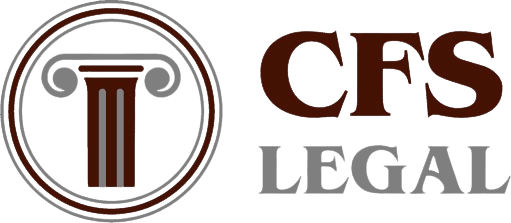A Trust is a legal relationship, not a legal entity. This legal relationship is documented in a Trust Deed or a Will. The legal relationship in most trusts is between the Trustee and Beneficiaries and Appointer.
Family Trusts have greater flexibility in tax planning and asset protection. Testamentary Trusts are usually used for estate asset protection and tax minimization for surviving beneficiaries.
Trustee
The Trustee makes the day-to-day decisions concerning the operation of the Trust, including, making decisions about distributions of income. The Trustee, either alone or with the consent of the Appointer, makes other important decisions such as how the Trust fund assets should be invested for the benefit of the Beneficiary, and when to bring the operation of the Trust to an end.
Appointer
The Appointer could be a person or a company, the Appointer in the Trust deed has the power, not the Trustee. the Appointer controls the Trustee, so controls the Trust. The Appointor’s role is to protect the Beneficiaries of the Trust.
The Appointer can appoint and remove the Trustee and the Appointer does not need to give the reasons. Deed of Variation gives power to the Appointer discretional power to change the Trust Deed.
The Trustee(s) of a Trust may be a person or a company, the Trustee must be legally capable of holding Trust property in their own right. The trustee holds the trust property for the benefit of the Beneficiaries.
When the Trust is established by deed, eg, in the case of a testamentary trust will, the Trustee must deal with the trust property in accordance with the intentions of the settlor as set out in the trust deed. In the case of the testamentary trust, the Trustee must deal with the trust property in line with the deceased’s intention.
Update Appointer
Appointer may wish to retire as an Appointer or add the spouse as an additional Appointer. The Trust Deed gives power to the Appointer to retire, or be removed if the Appointer passed away, or add a new Appointer via Deed of Variation.
Settlor
The person that legally establishes the trust, but the settlor is never a beneficiary. The Settlor needs to be a person, not a company. The Settlor is only the Settlor, the third party, who just starts the Trust and then has nothing more to do with it.
Trustee(s) liabilities
Although the Trustee controls the Trust but is subject to the Appointer’s powers. The Trust assets are normally in the name of the Trustee. Trustees are personally liable for the debt of the trust they administer and are entitled to be indemnified out of the trust property for liabilities incurred in the proper exercise of the trustee’s power unless a breach of trust has been found.
Trustees are responsible for managing the trust’s tax affairs as well, including registering the trust in the tax system, lodging trust tax returns and paying taxes.
Beneficiaries
A trust beneficiary can be a person, a company or the Trustee of another trust.
The Trustee may be also a beneficiary, but not the sole Beneficiary unless there is more than one trustee.
Beneficiaries could be entitled to trust income or capital, which is set out in the trust deed. The trustee is responsible for providing each beneficiary with details of their shares of the net income.
Speak to CFS Legal dedicated lawyers in confidence for Trust Deed advice. Email: info@cfslegal.com.au.

